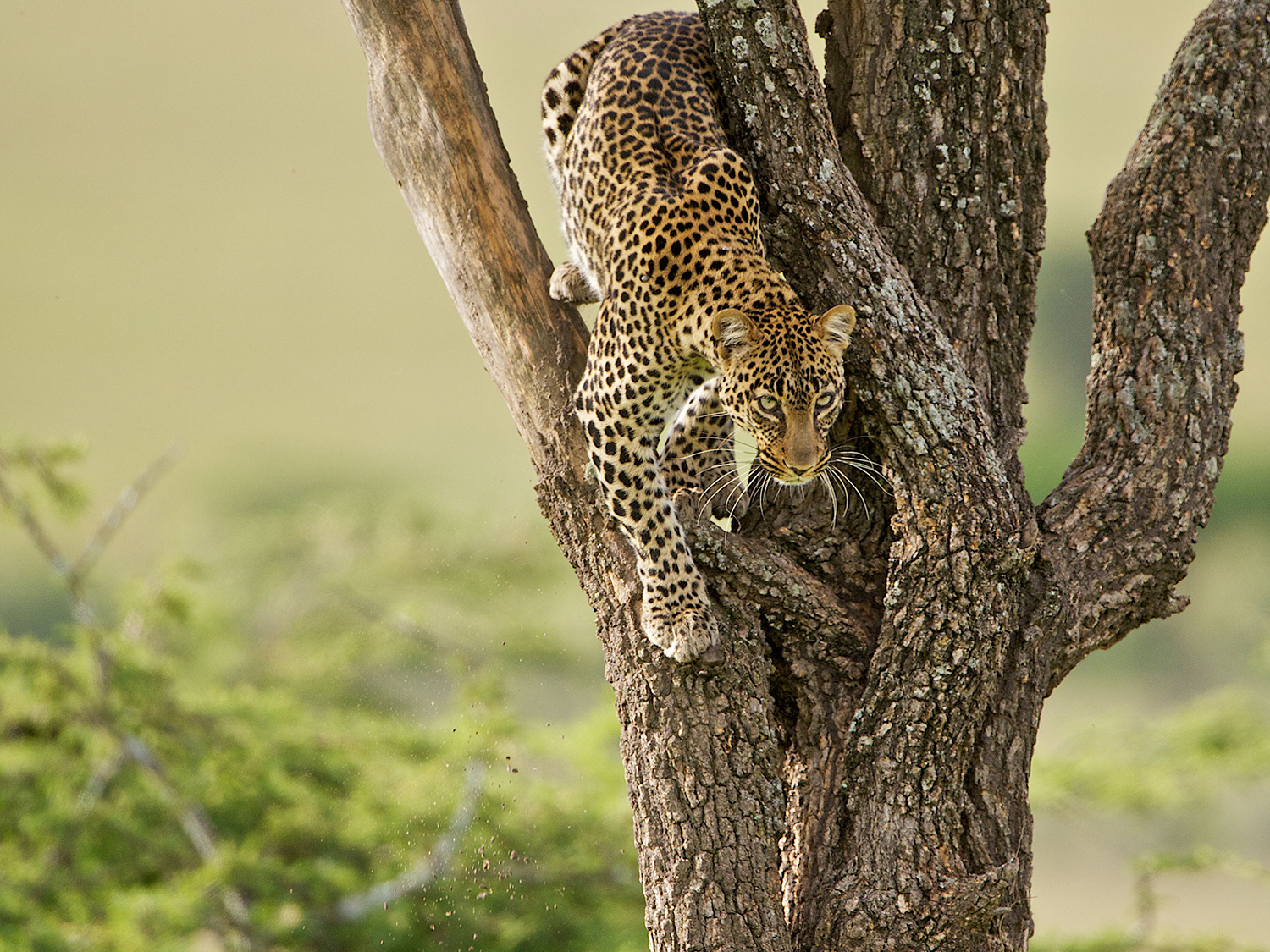

Vishal Gulati -
Animals in the wild mostly avoid any encounters with humans — and when they do attack people, it is usually in self-defence, says legendary field biologist George Schaller.
And it would be wrong to declare tigers and leopards that attack humans as “man-eaters”, Schaller, who believes he’s still young at 83, said.
Thus, there is a need for training the communities settled on the periphery of wildlife parks and sanctuaries because the wild animals — be it the tiger or the leopard or the elephant — don’t want trouble from the humans, said Schaller.
“And if a tiger is a man-eater, then its killing is certain,” he added.
German-born Schaller, who devoted six decades to conservation of wildcats and their ecosystems, is currently the Vice-President of Panthera, an organisation founded in 2006 for conserving the animals.
Schaller, who is wild at heart, said in India — a storehouse of biodiversity — development is a big issue.
“India is saying it’s doing a lot for the preservation of wildlife. But it is really disturbing that 200 sq km of forest area of the Panna tiger reserve (in Madhya Pradesh) which is being diverted for non-forest purposes. After the 1990s, the country’s image in preserving forests is going down,” said the biologist-cum-author, who travelled to Central Africa to study the mountain gorilla when he was 25.
It is greed and corruption that threaten nature more.
The problem, in fact, across the globe is that oil, mining and timber companies are prepared to pay anything to operate in sensitive areas. Sadly, governments and officials succumb to their pressures.
“I know people (supposed conservationists) who prefer to sit in their offices (rather than go into the field). Conservation has not to do only with animals. It also has to do with economics and politics.”
Schaller, who has studied wildlife in several reserve forests and national parks in India, said the Jim Corbett National Park in Uttarakhand is the most vulnerable to poaching for international trade owing to its proximity to the Nepal border, a major trade link to the Chinese traditional medicine market.
Estimates say India supports the highest population of tigers in the wild, accounting for 2,226 of the estimated 3,890 worldwide.
Schaller, who has worked for nearly two decades on studying endemic wildlife in the Tibetan Plateau, said the snow leopard also needs protection from pastoral communities.
“The Spiti Valley (in Himachal Pradesh) and the Hemis National Park (in Jammu and Kashmir) support a good population of the snow leopard,” said Schaller, who spent most of his time in the field in Asia, Africa and South America. — IANS
Oman Observer is now on the WhatsApp channel. Click here



